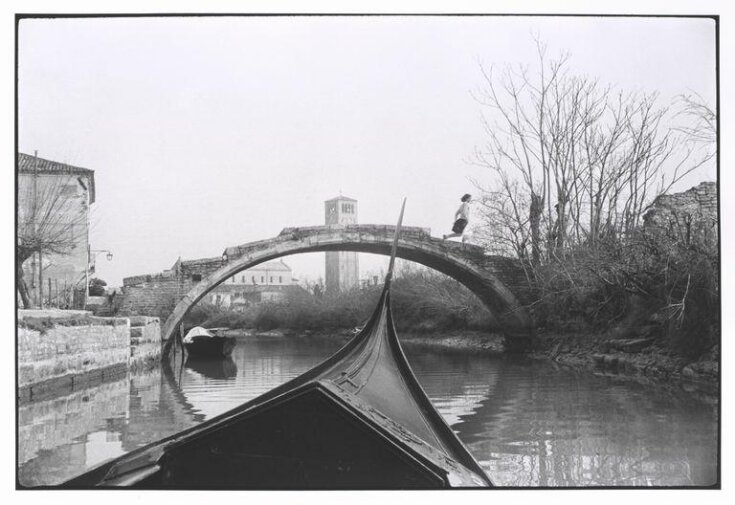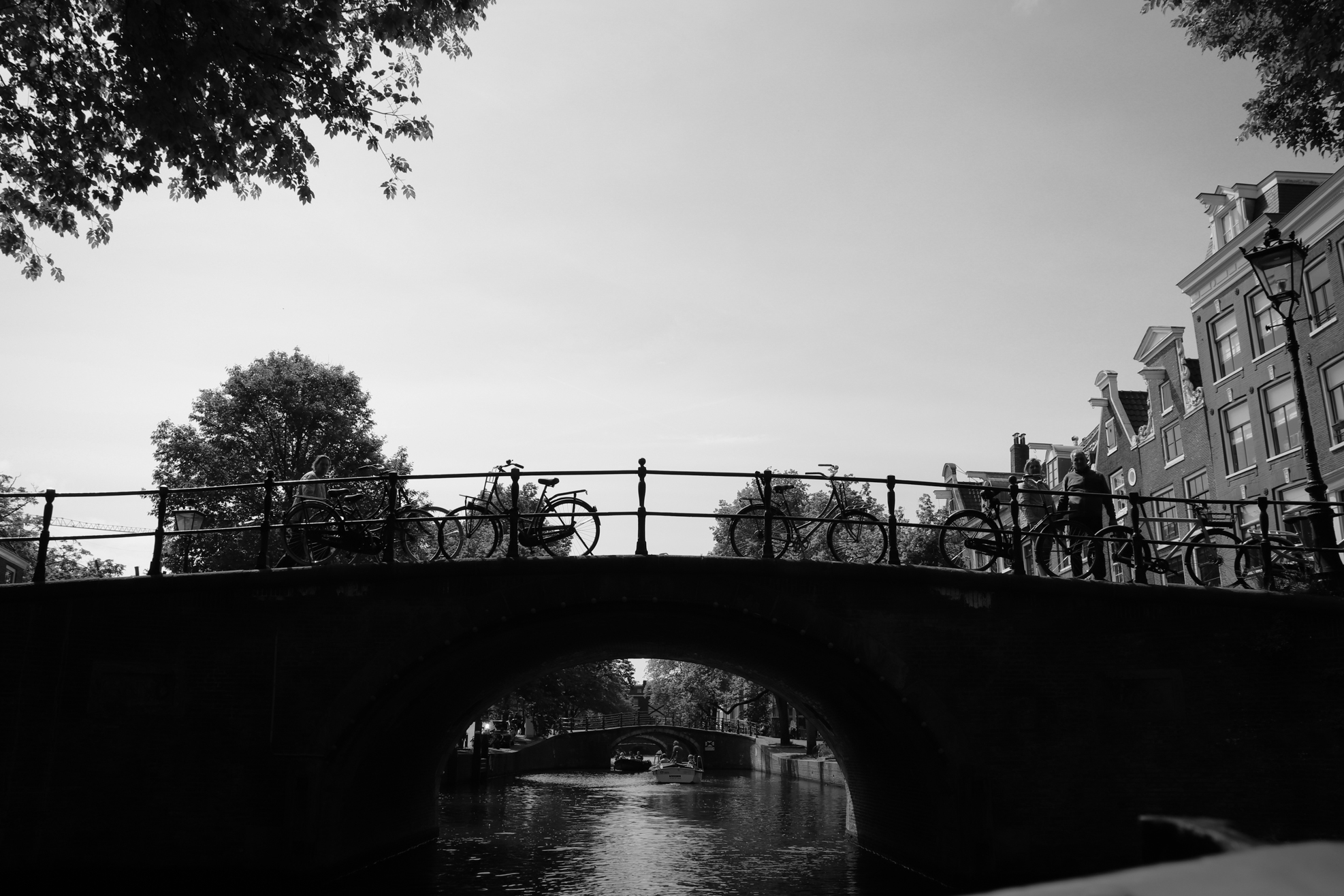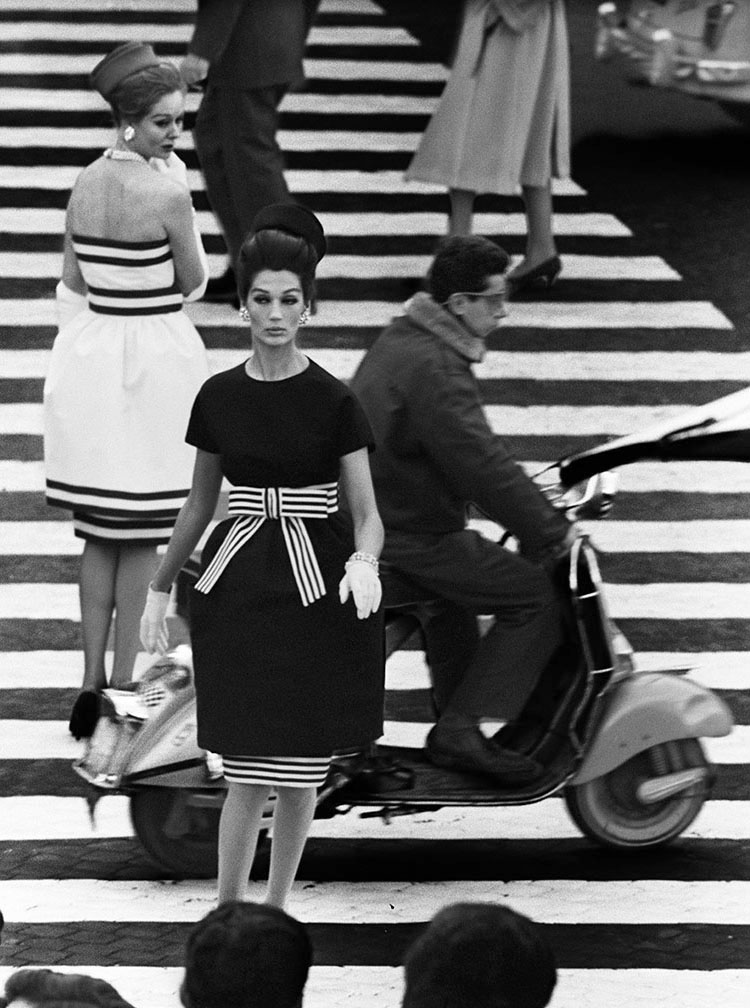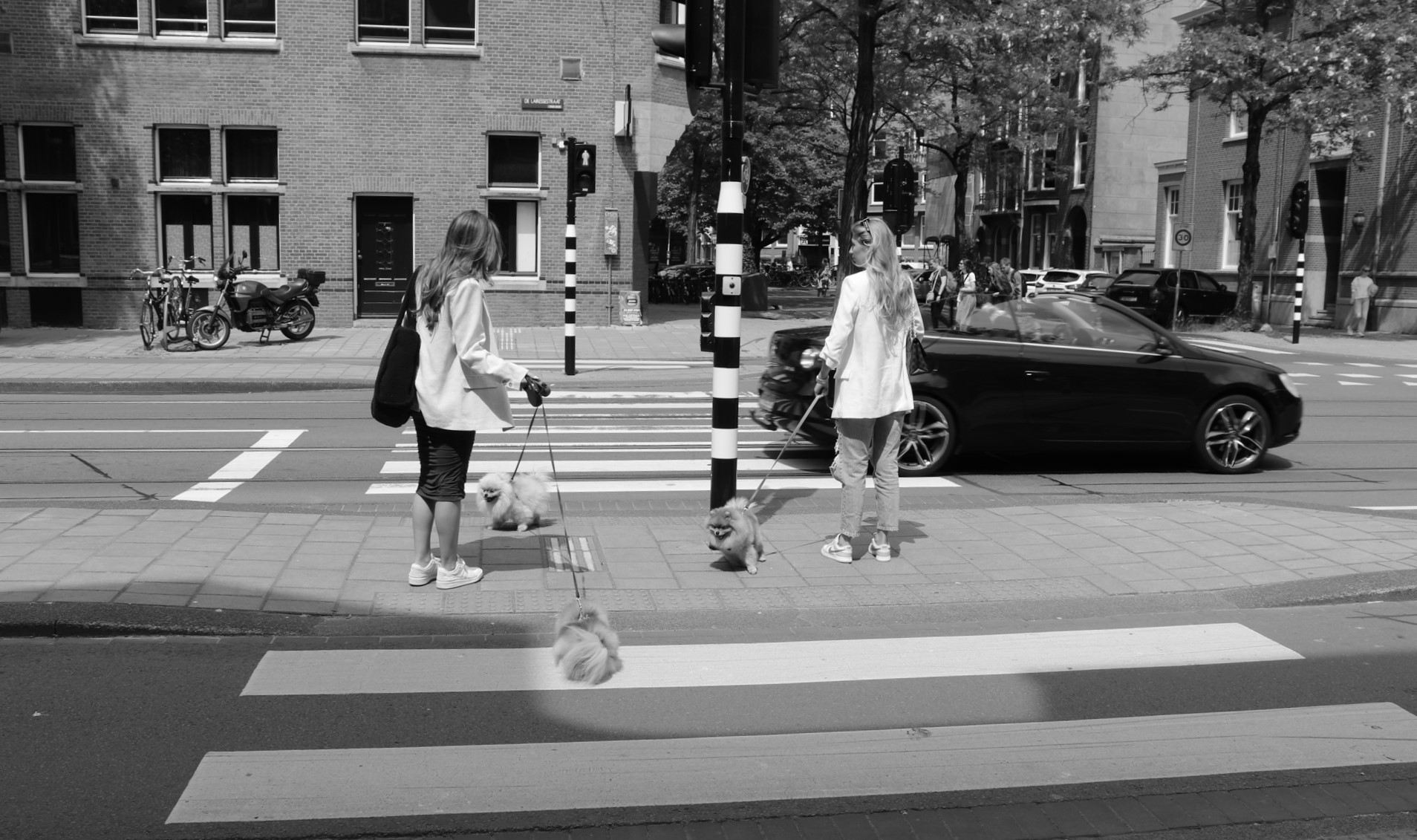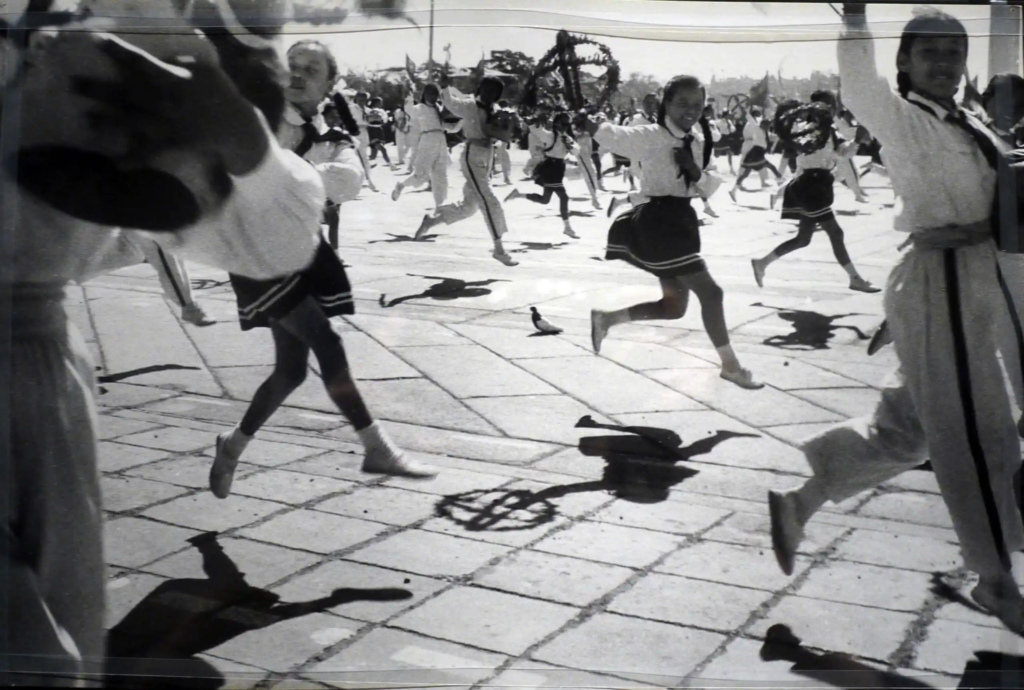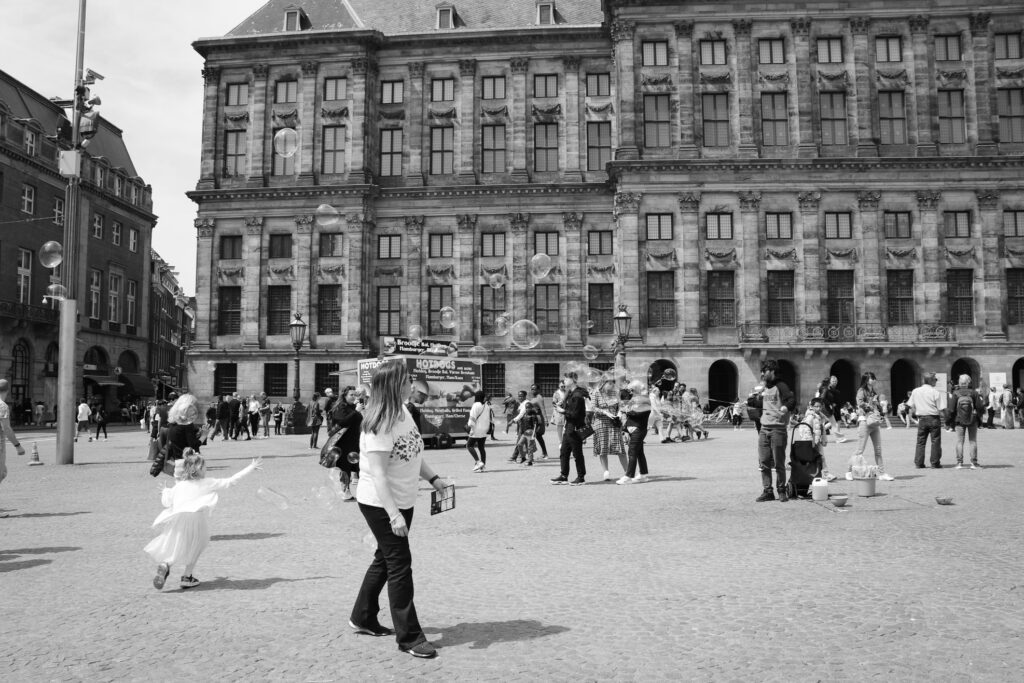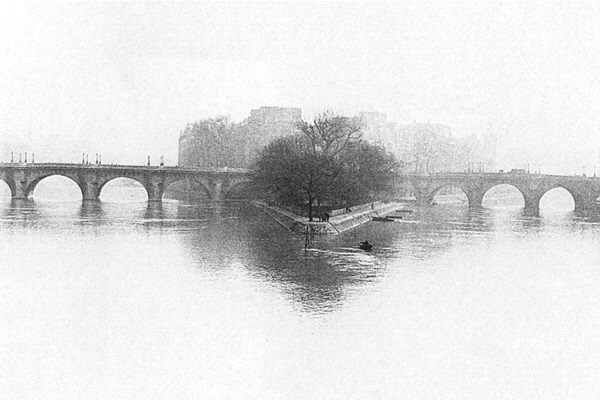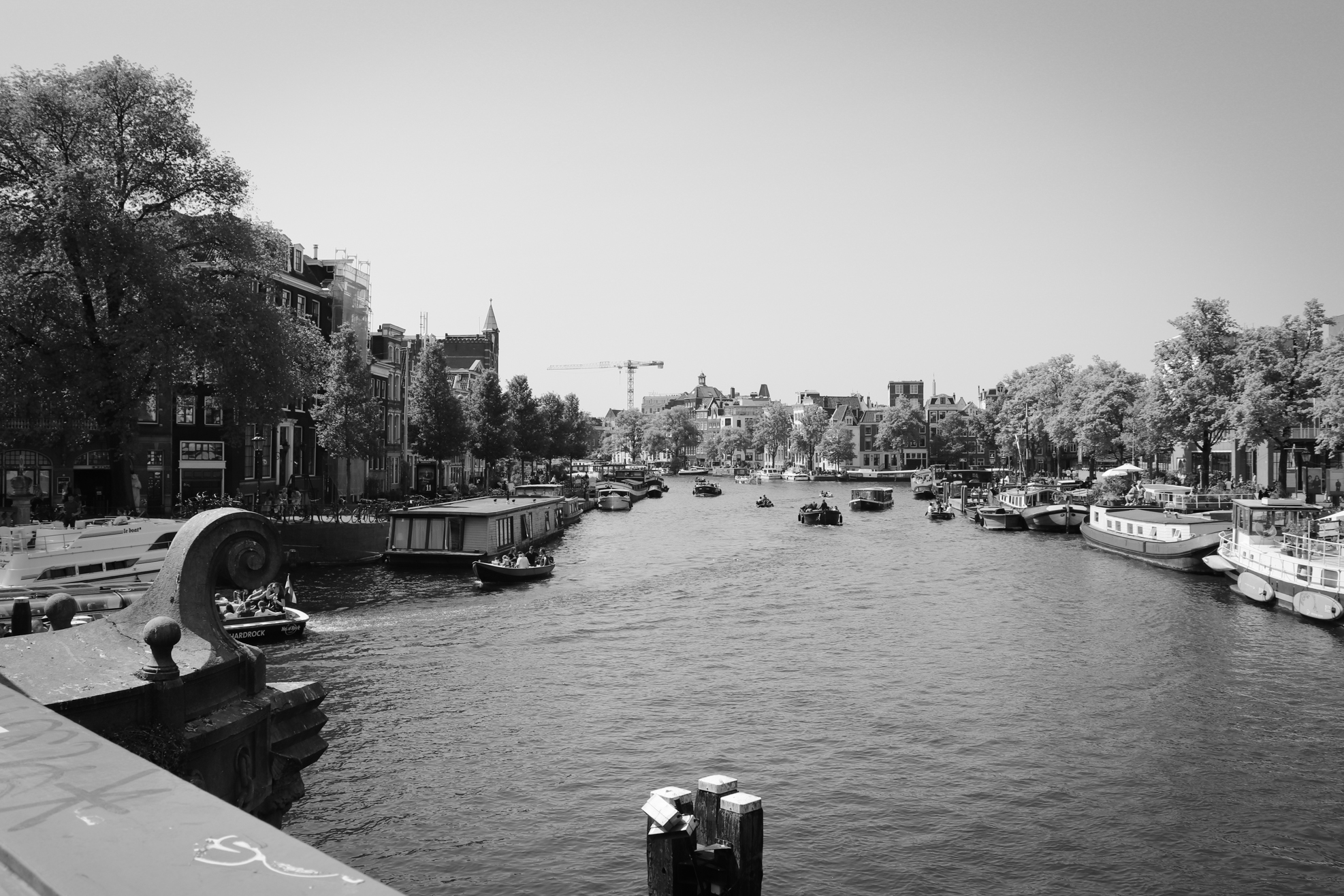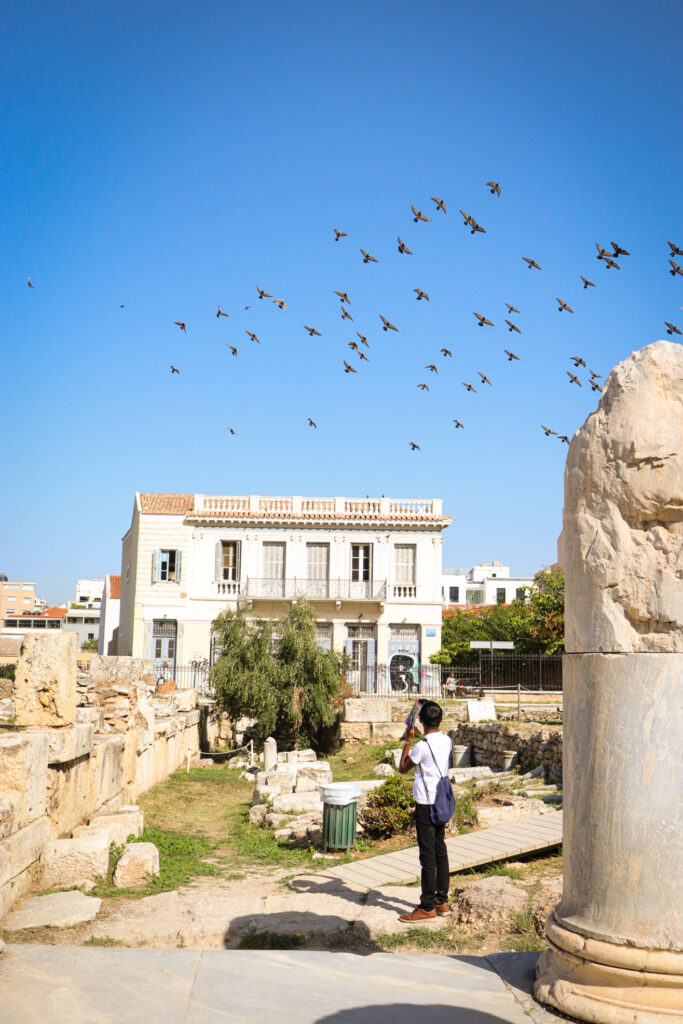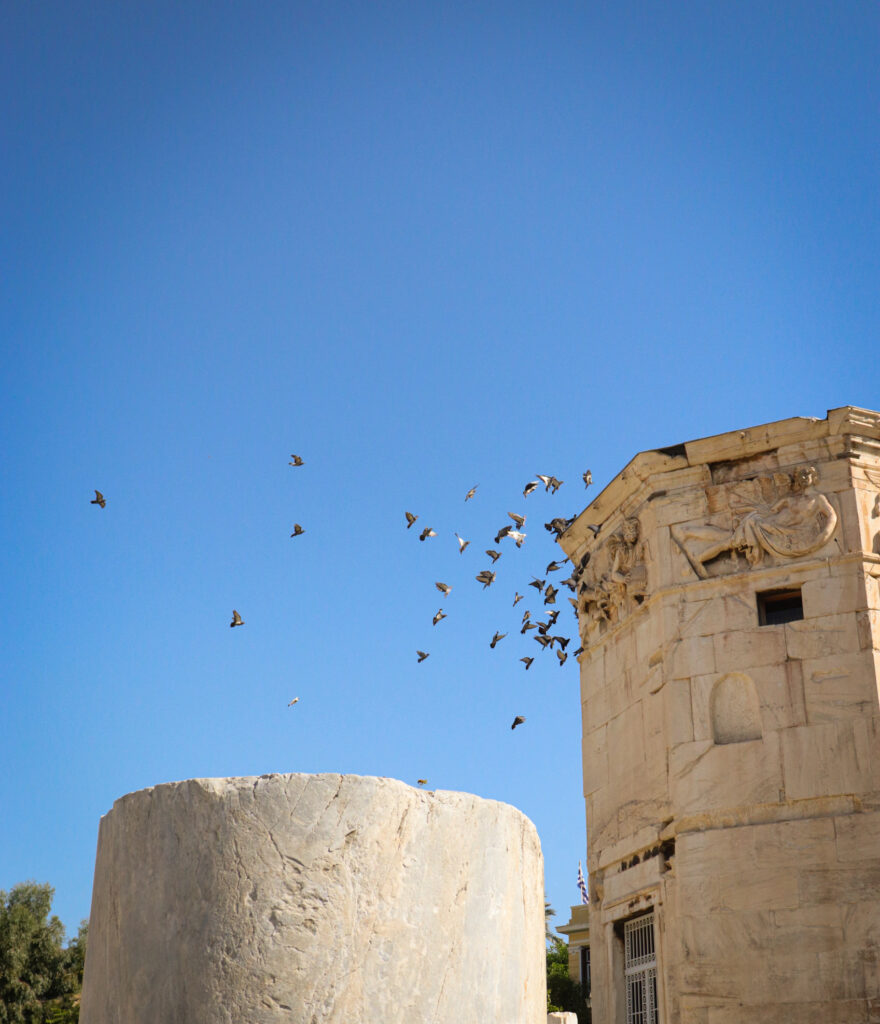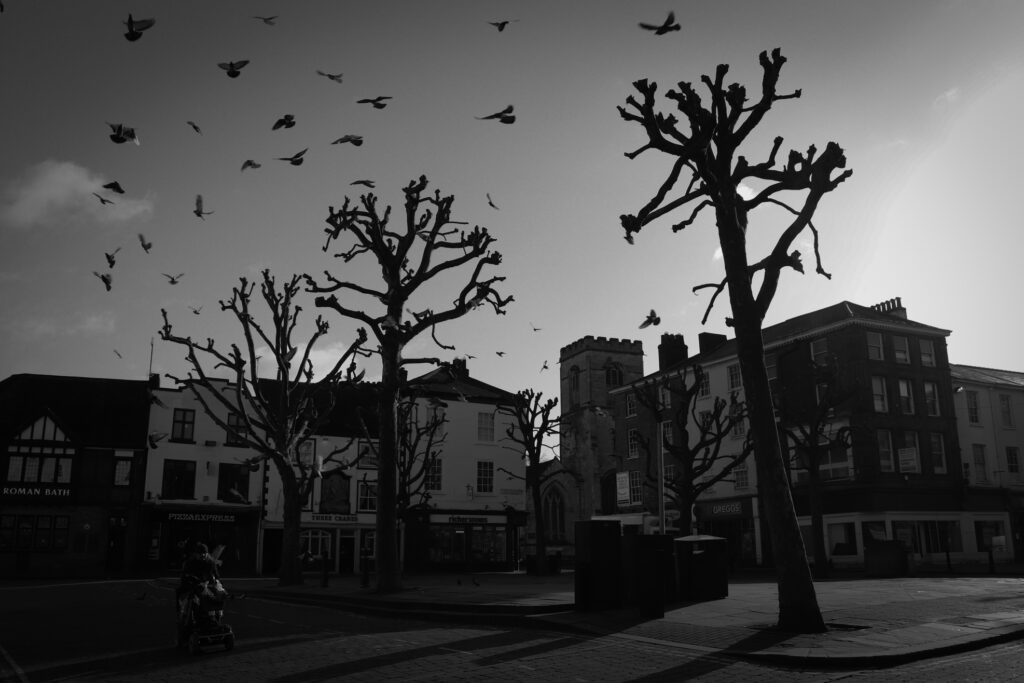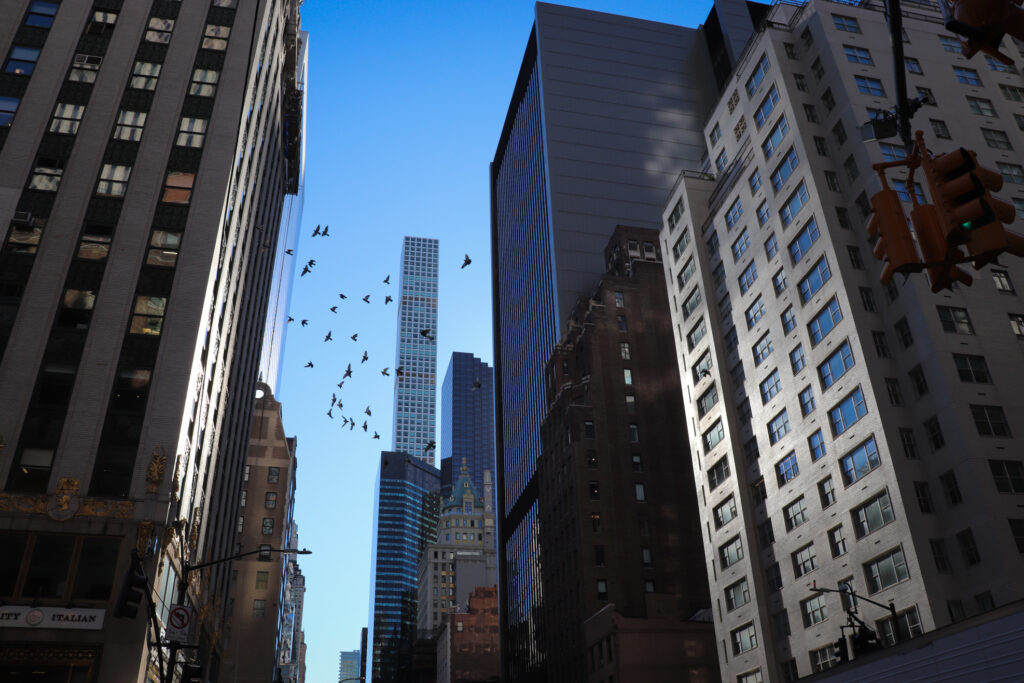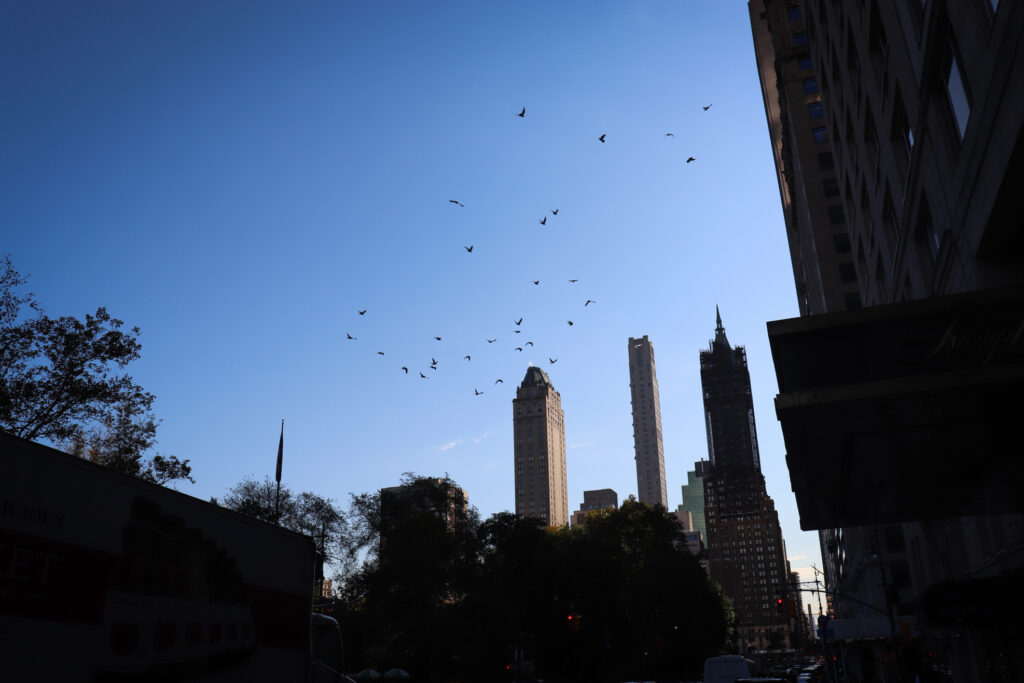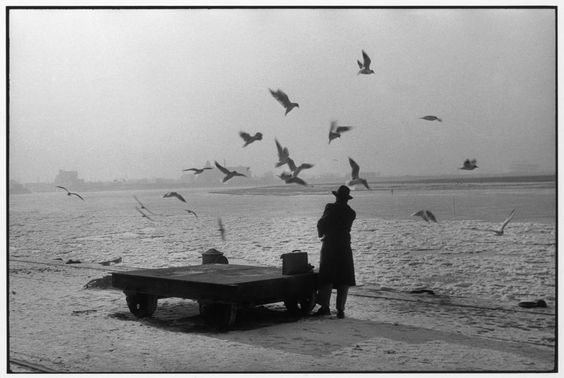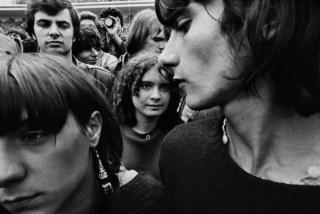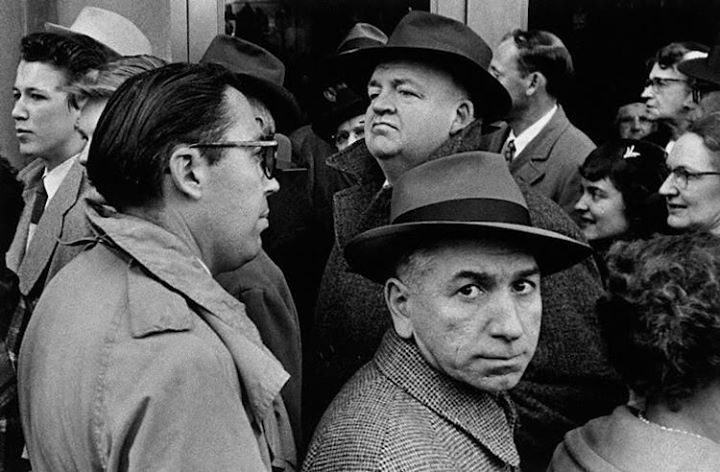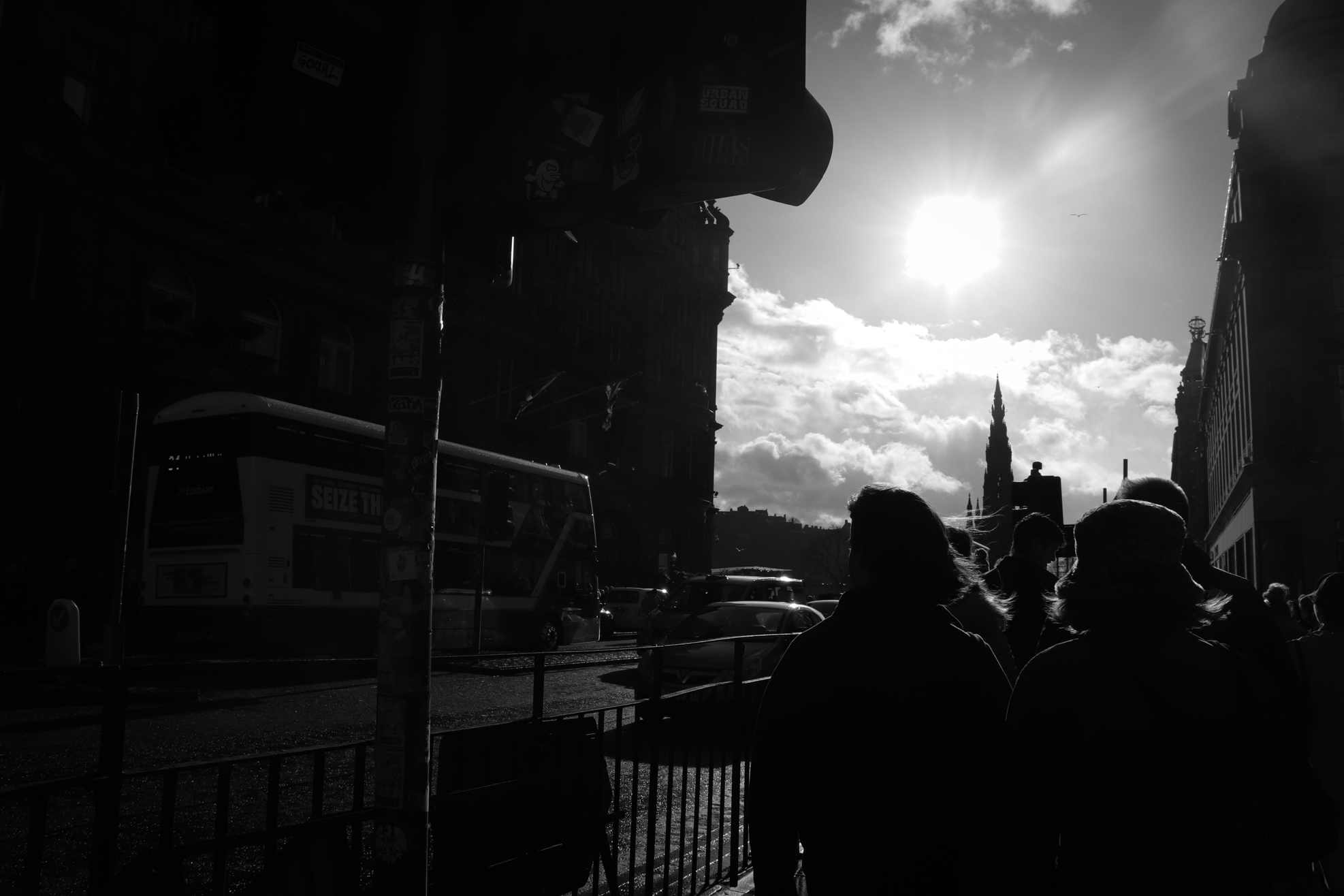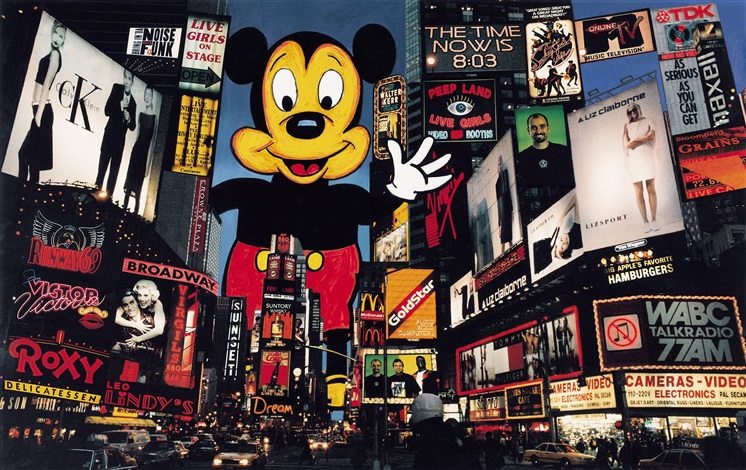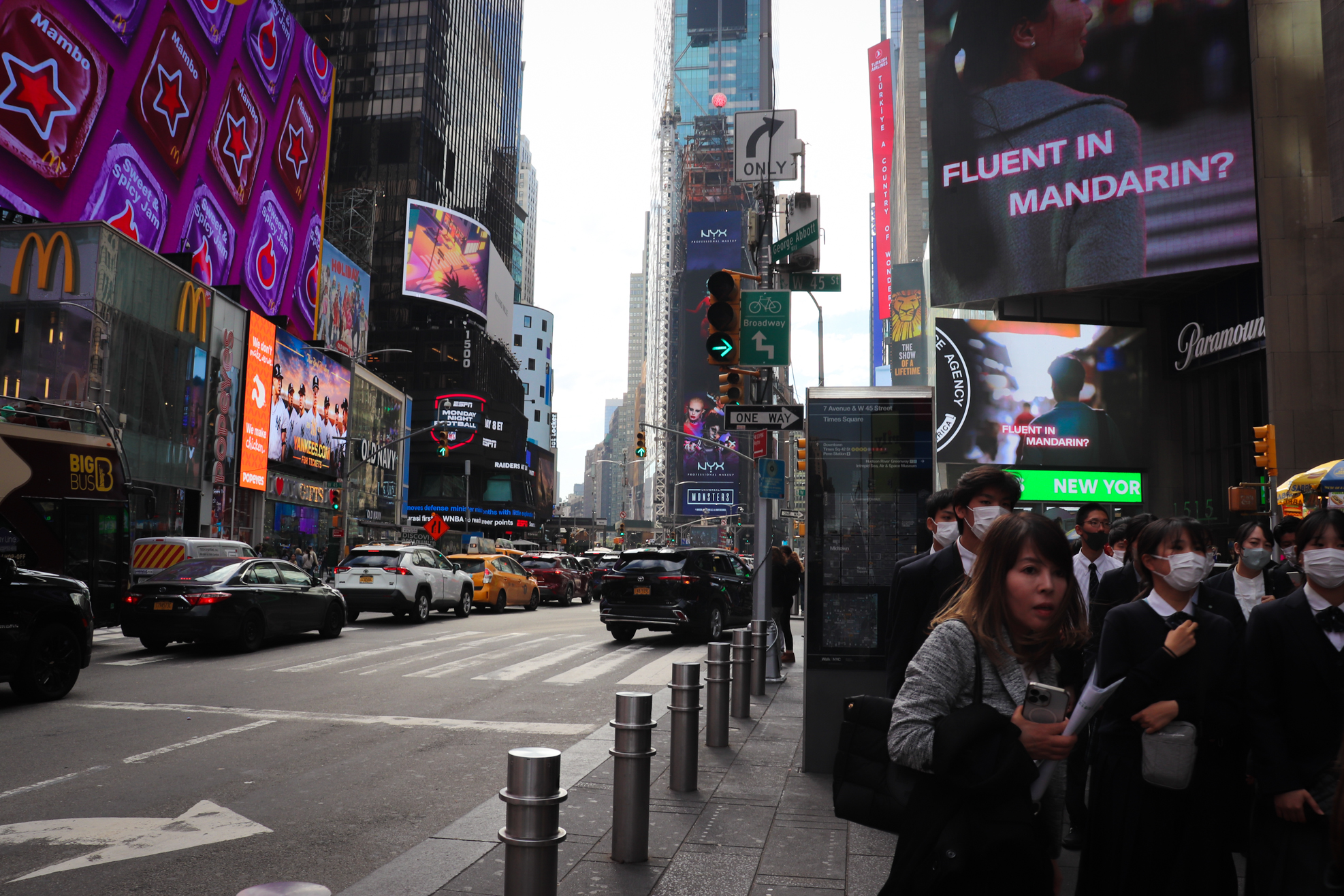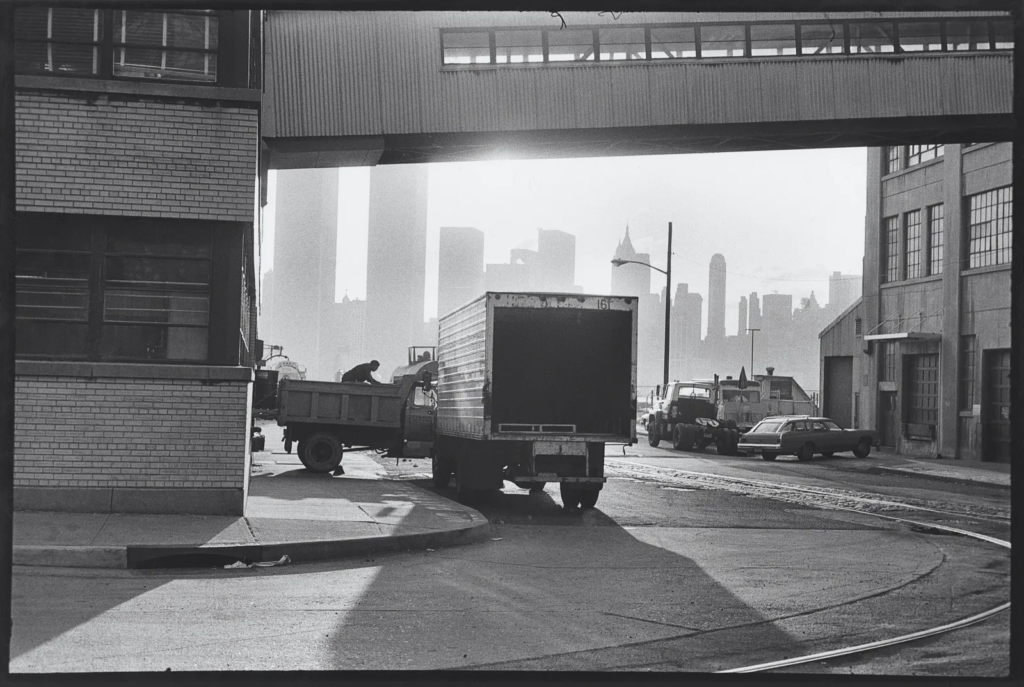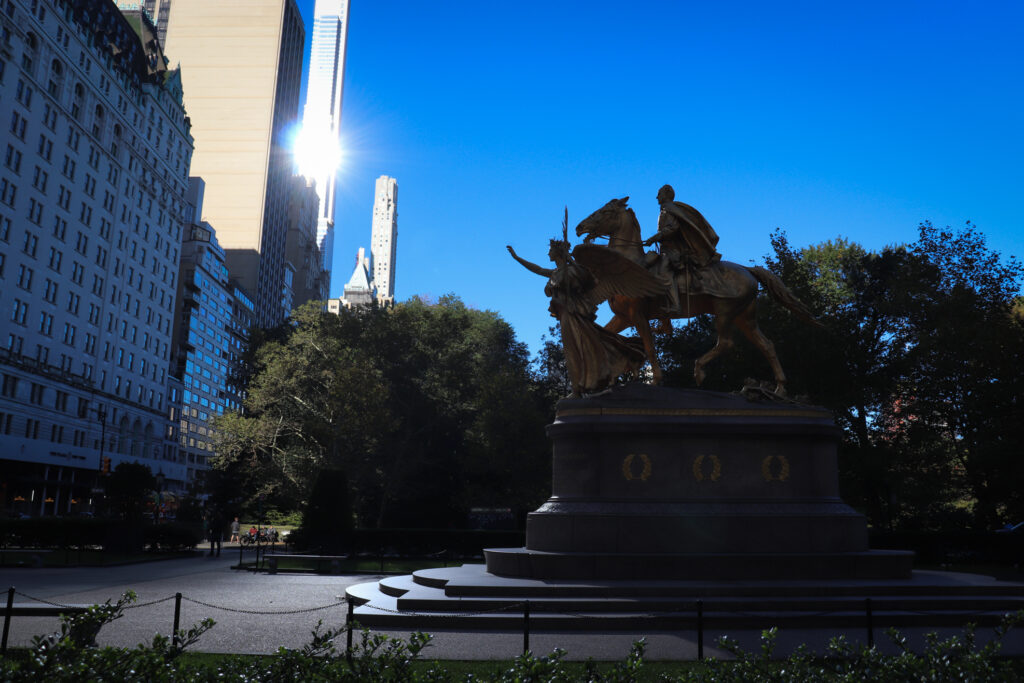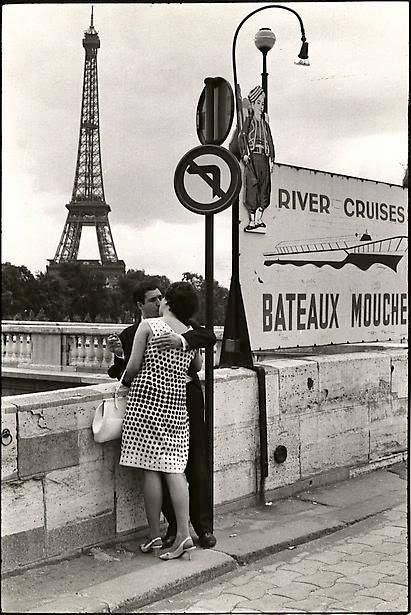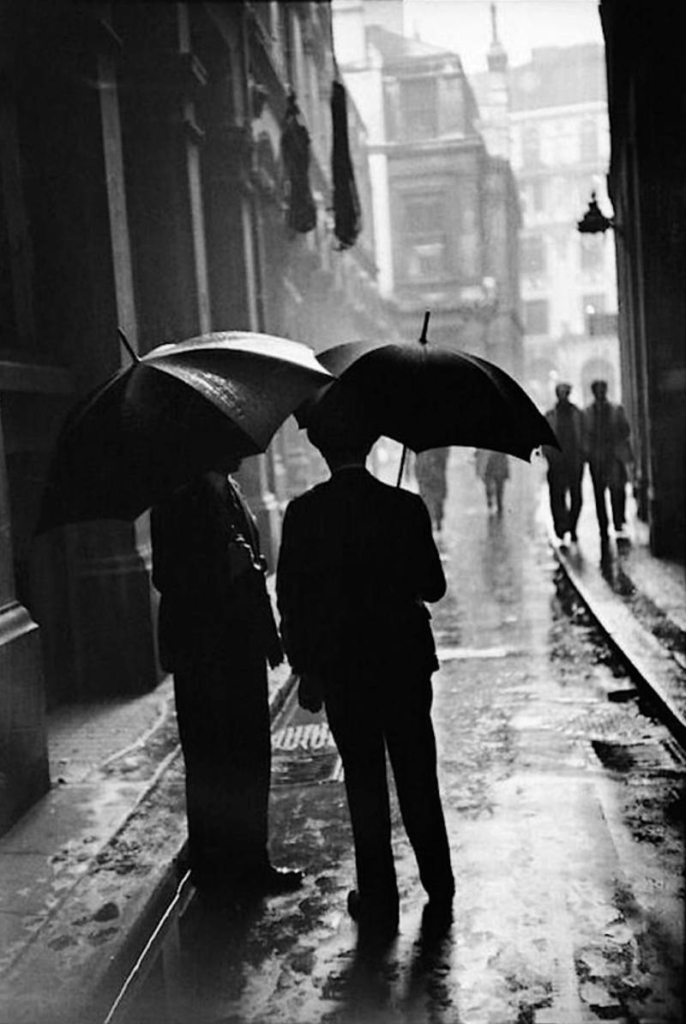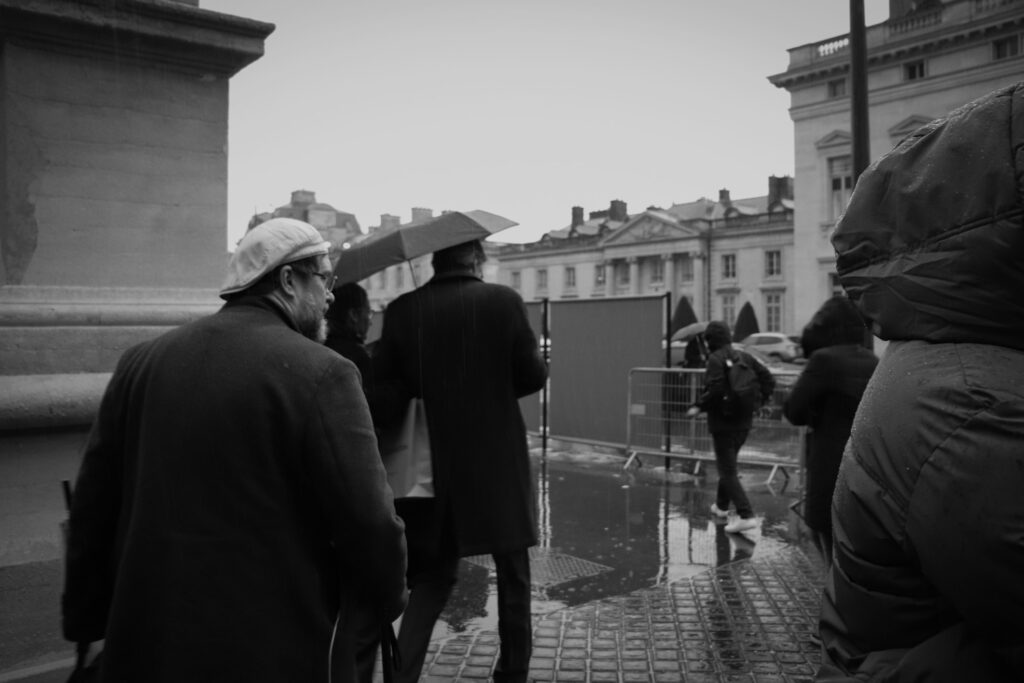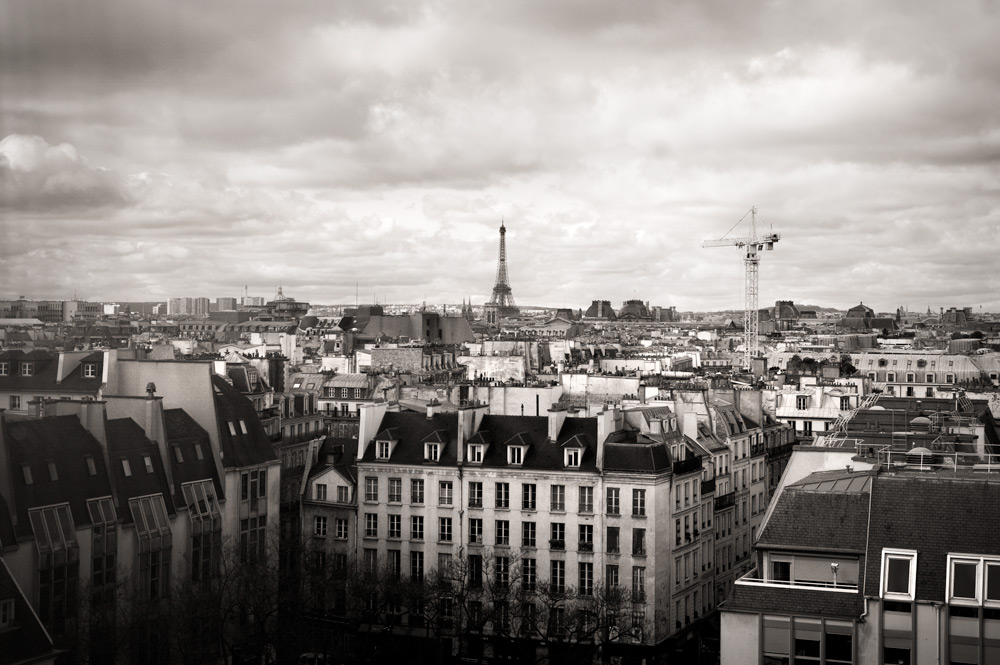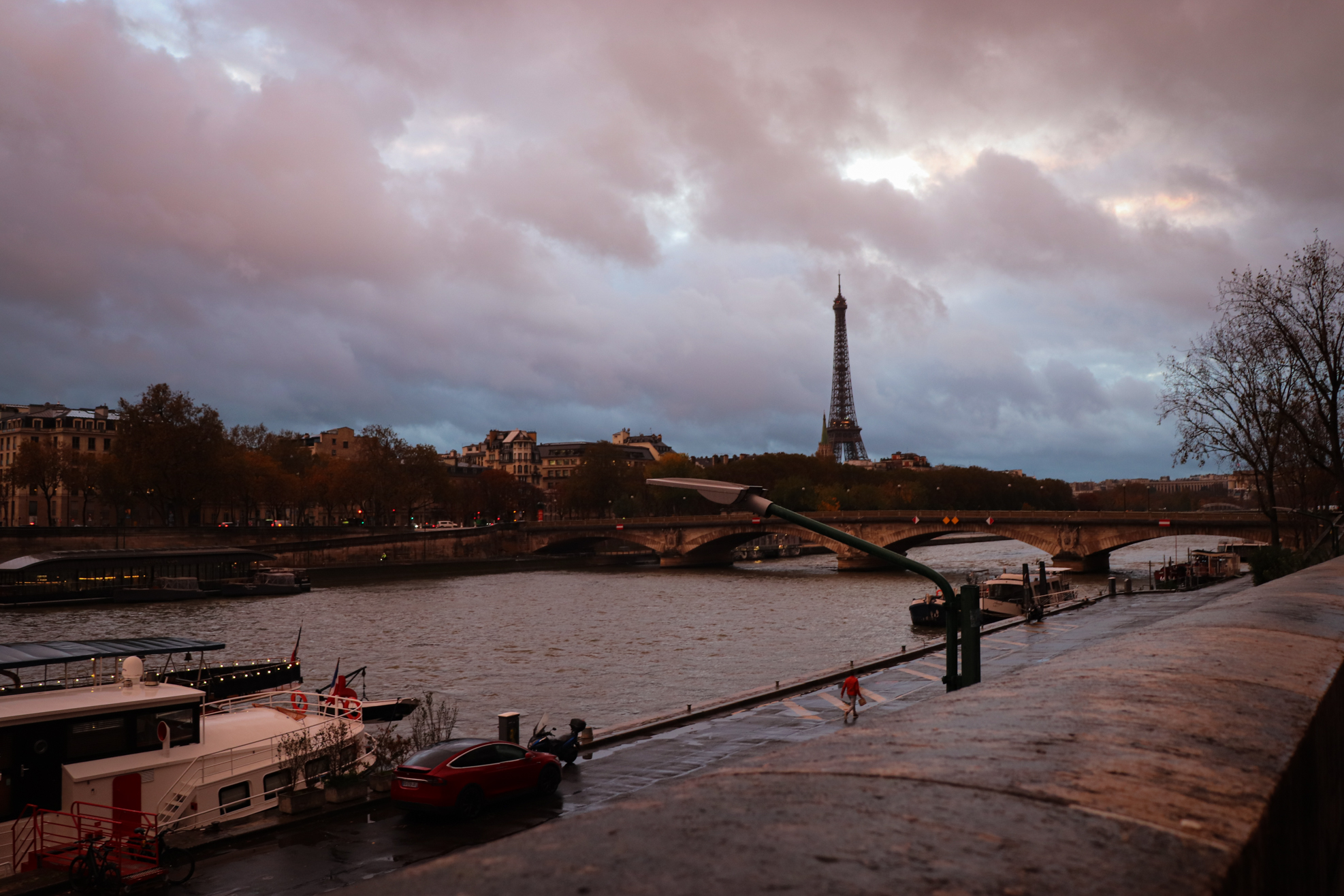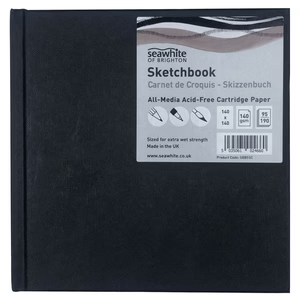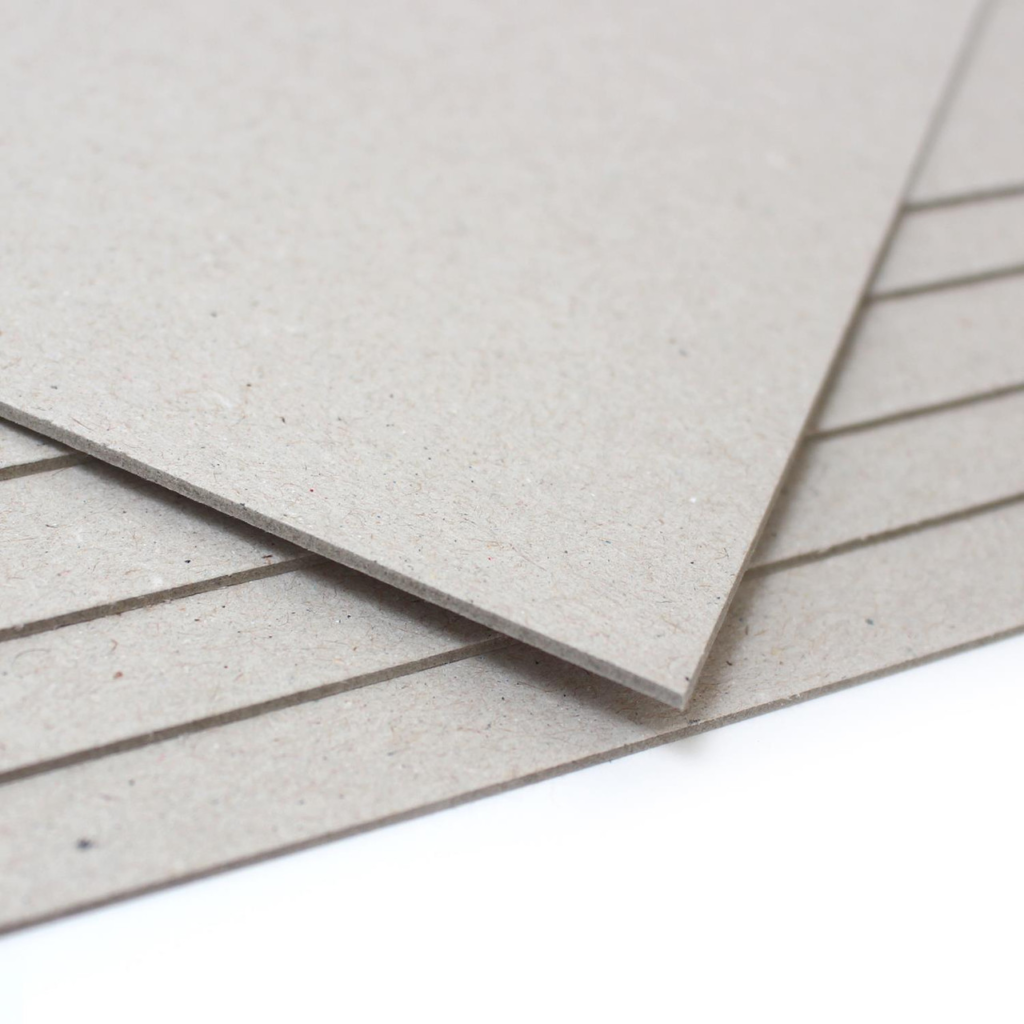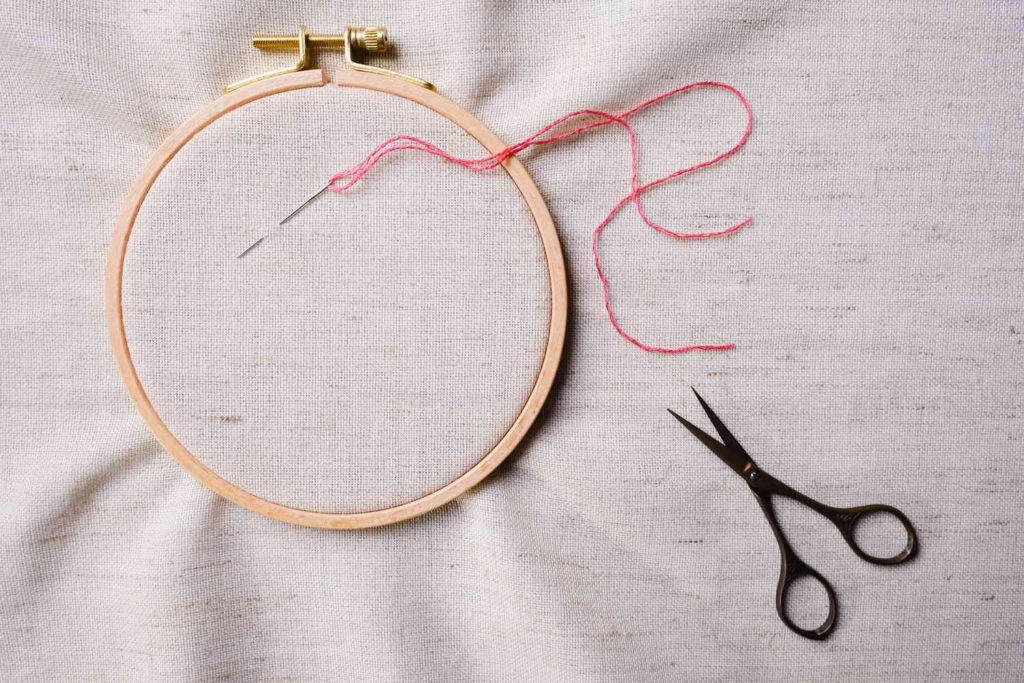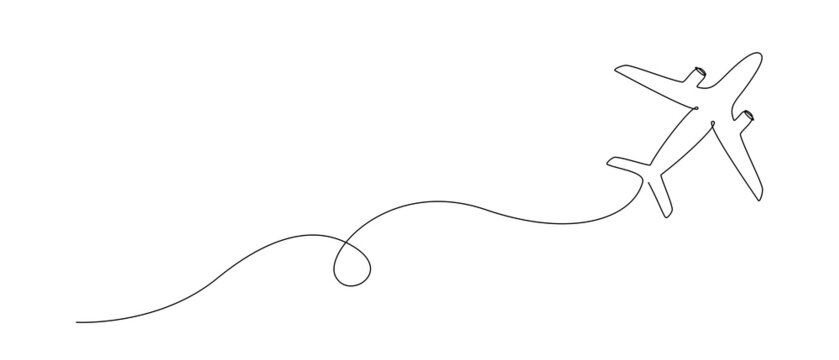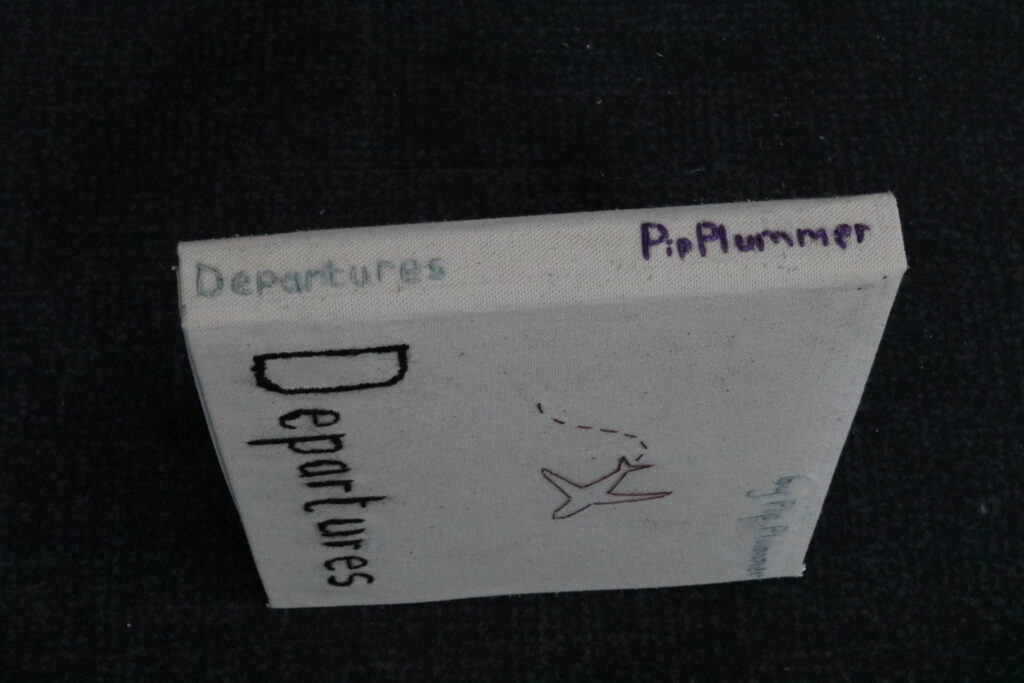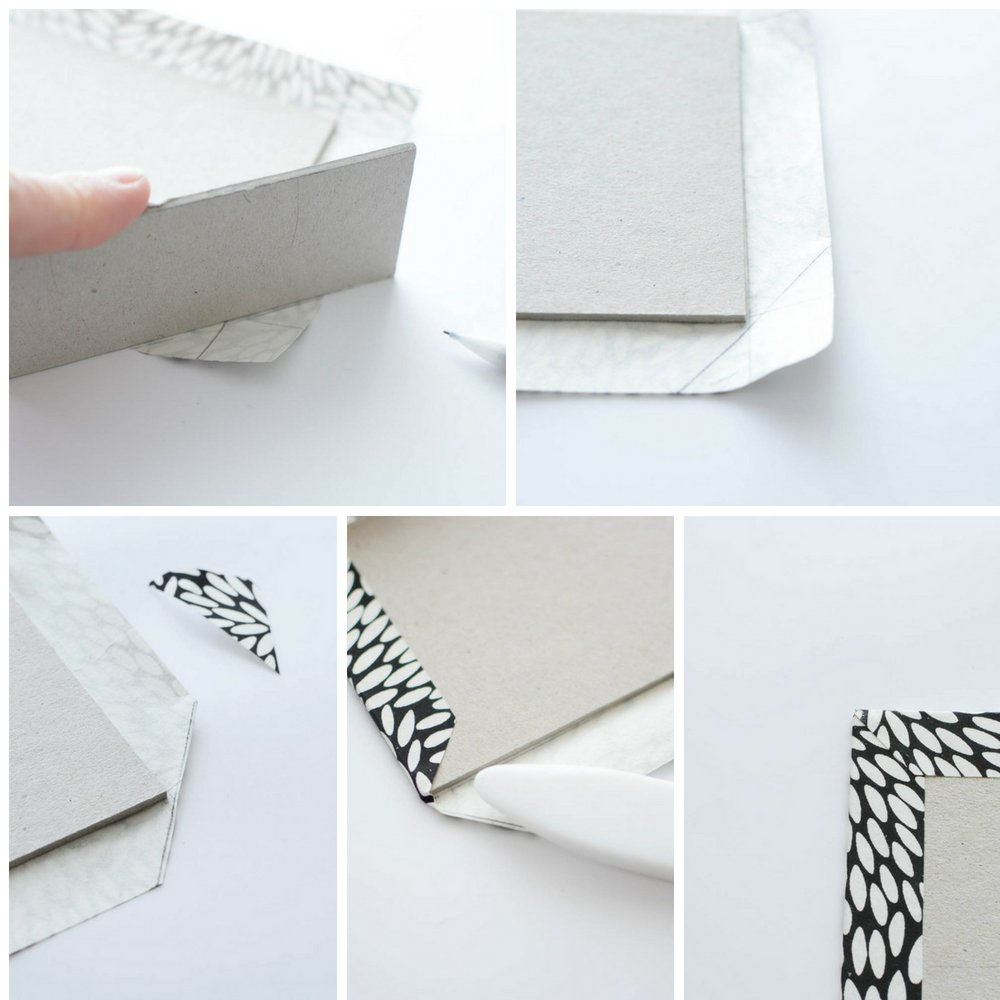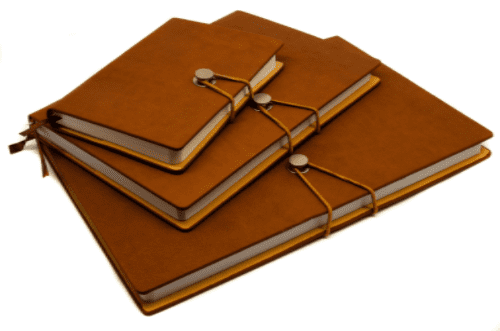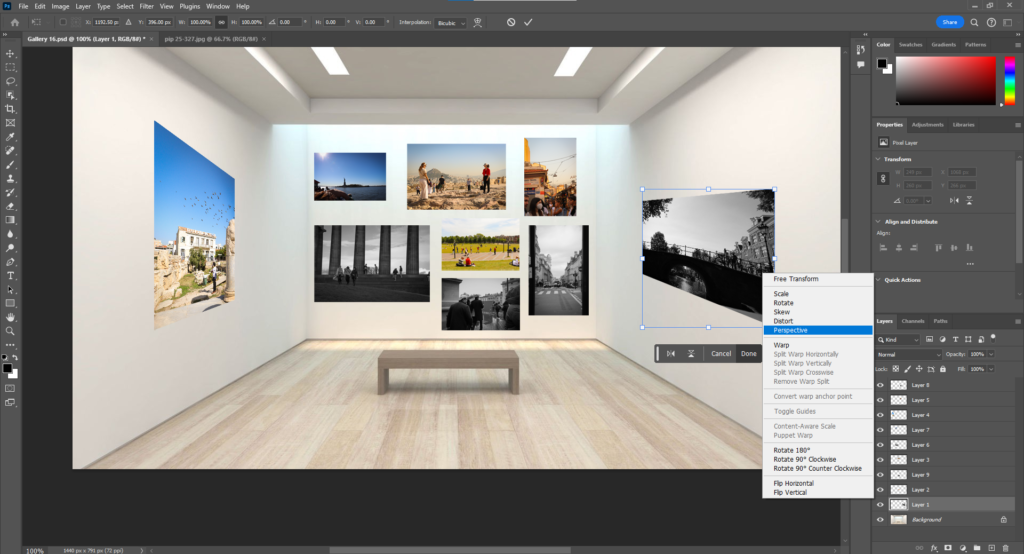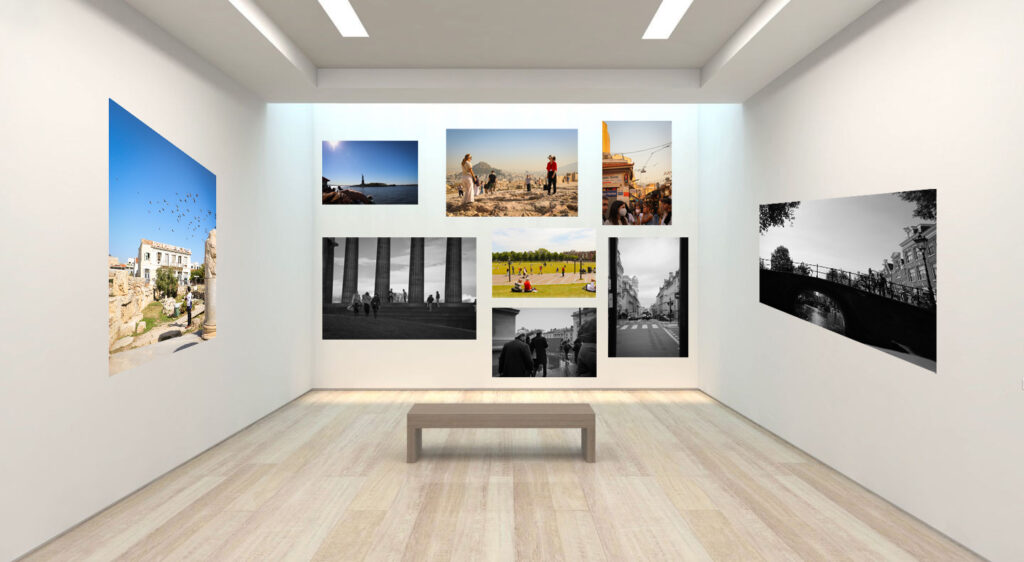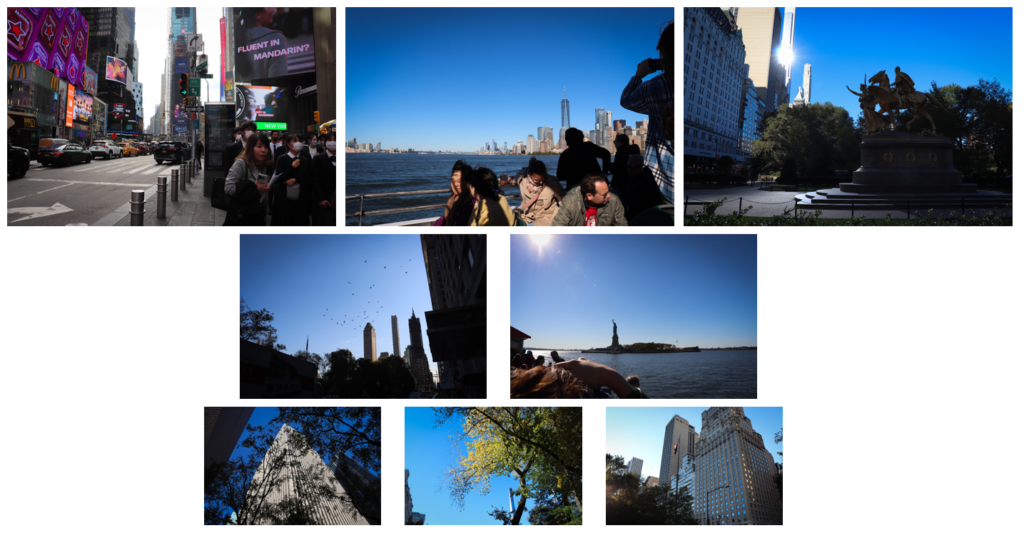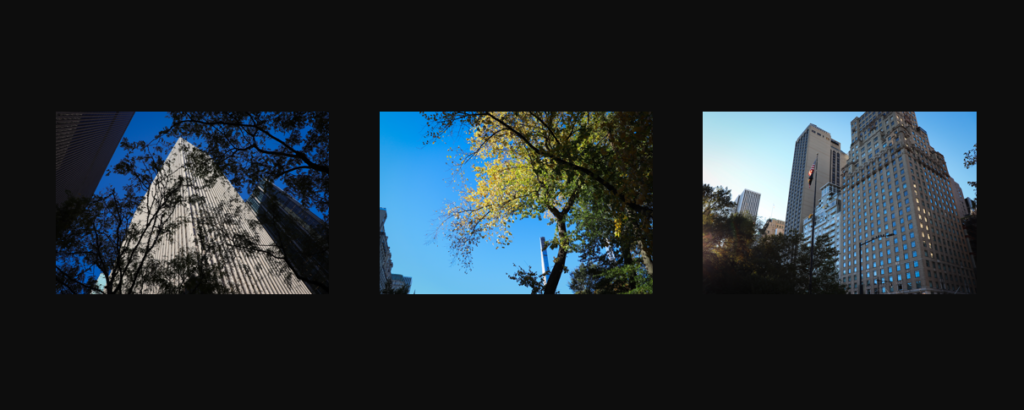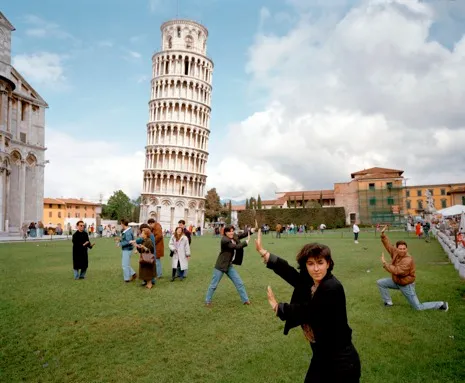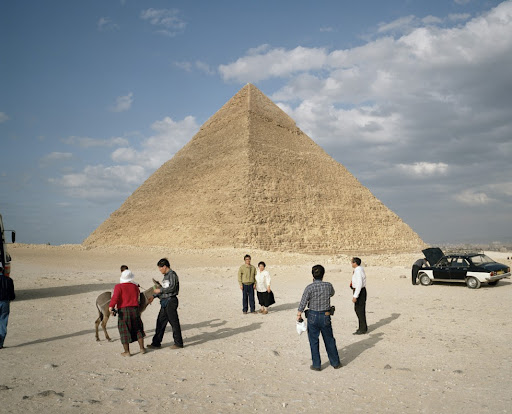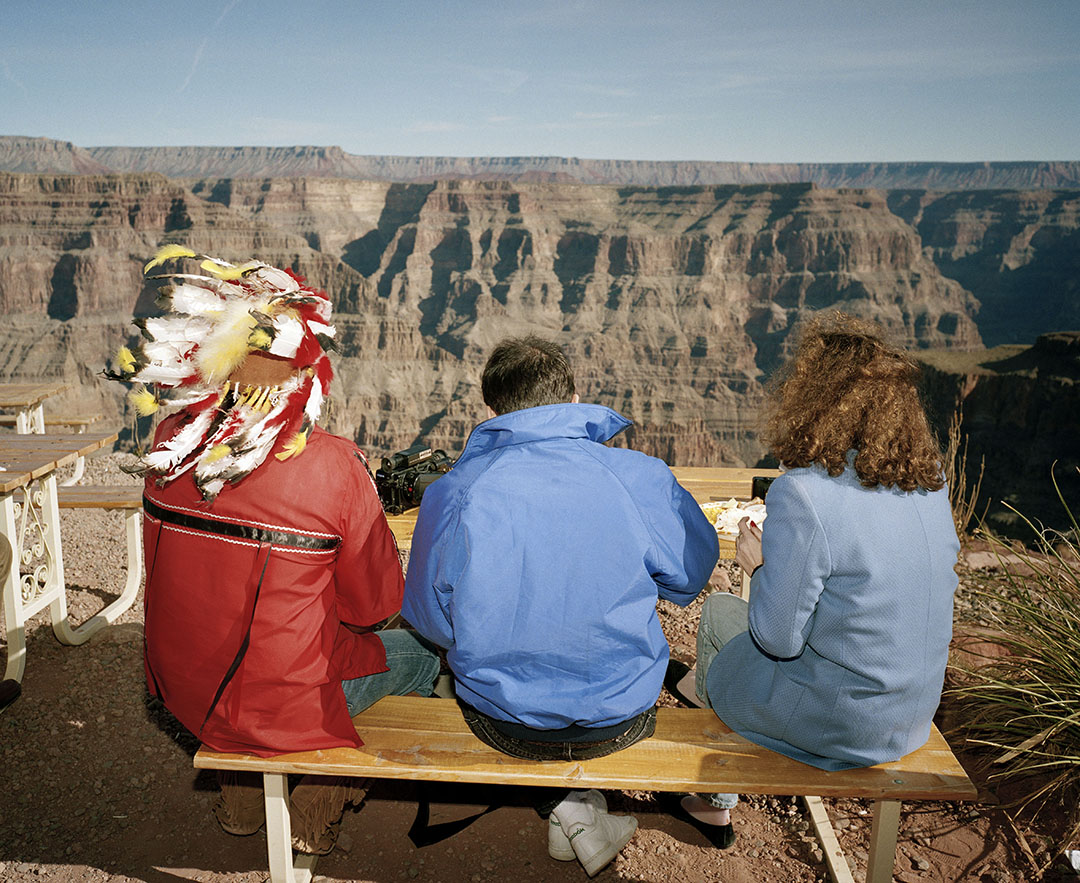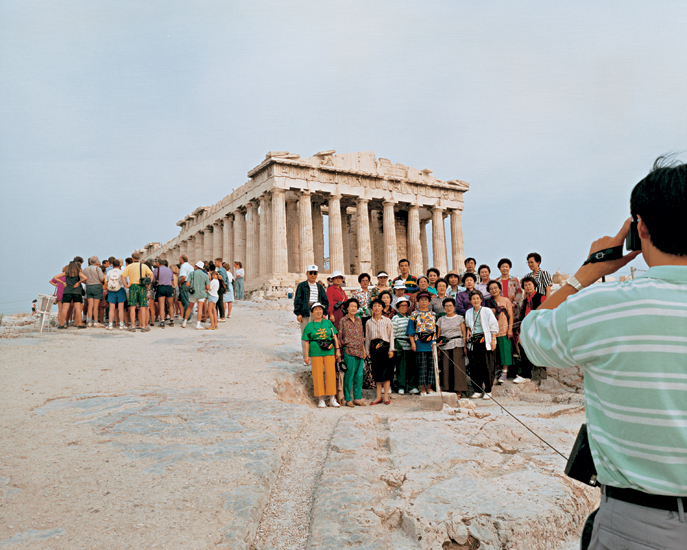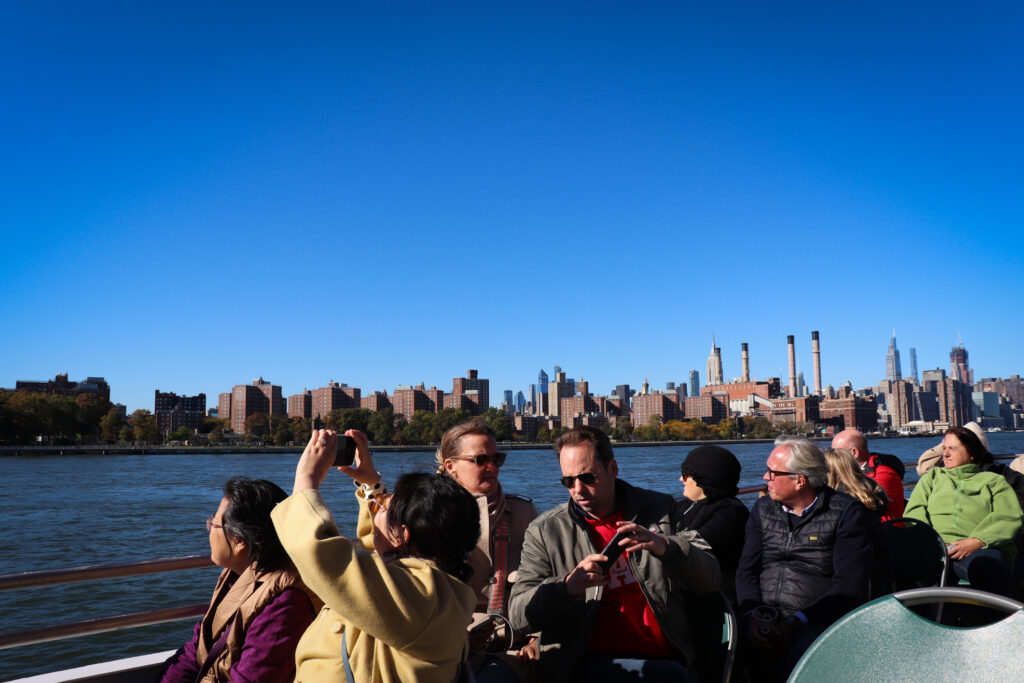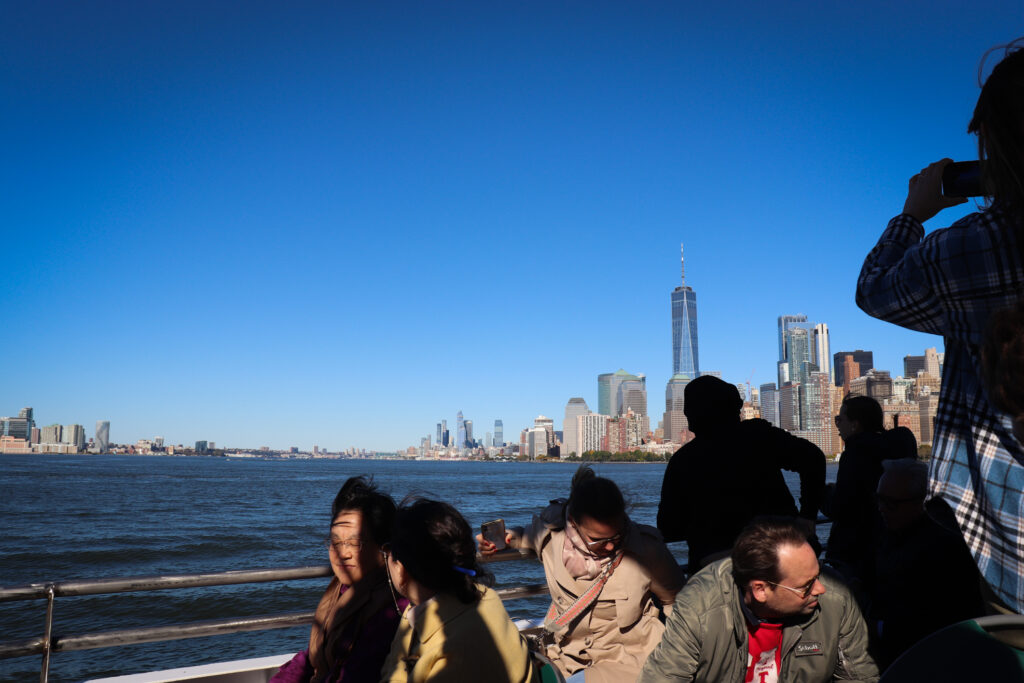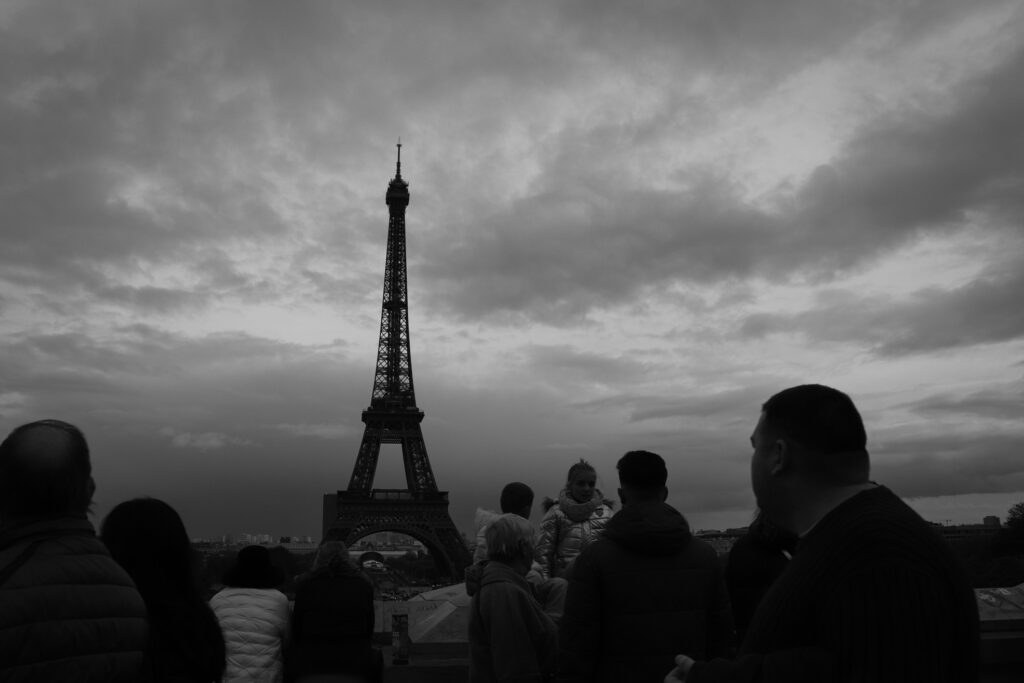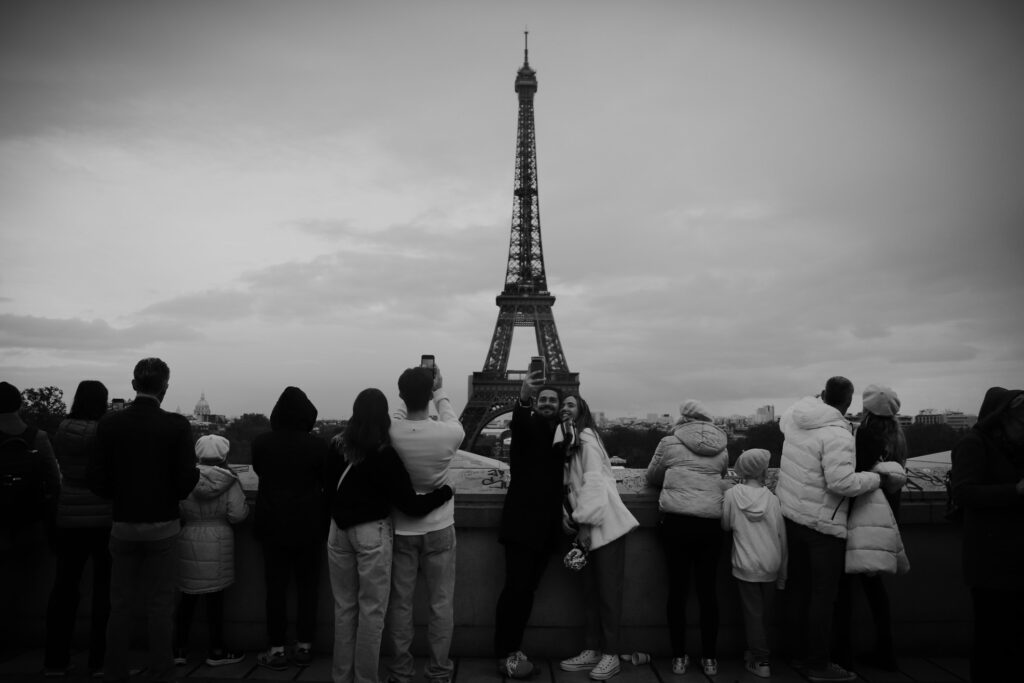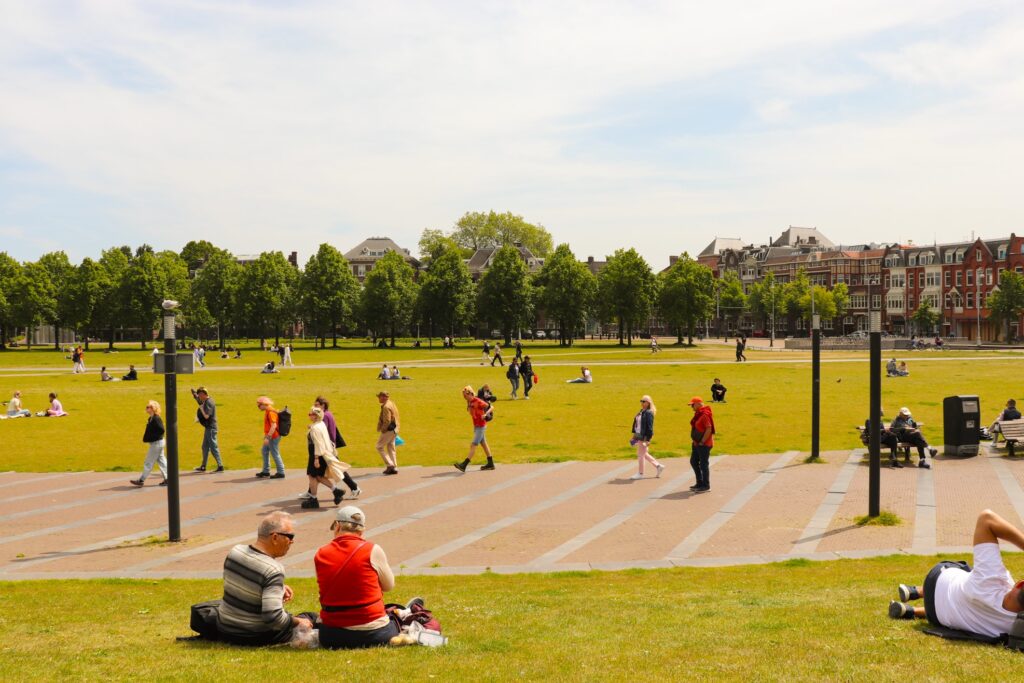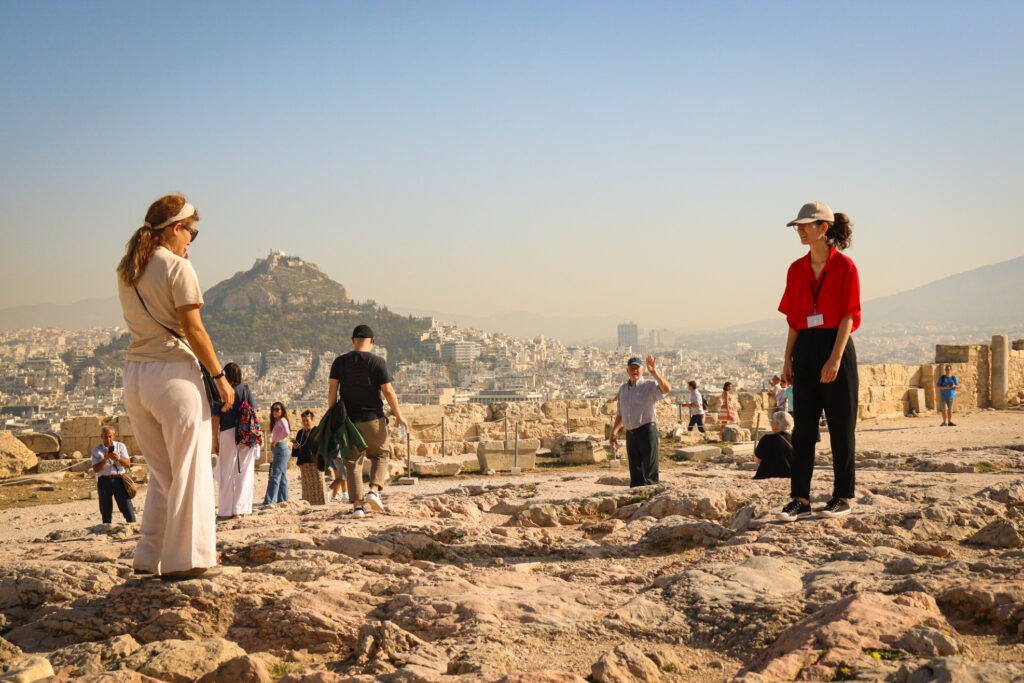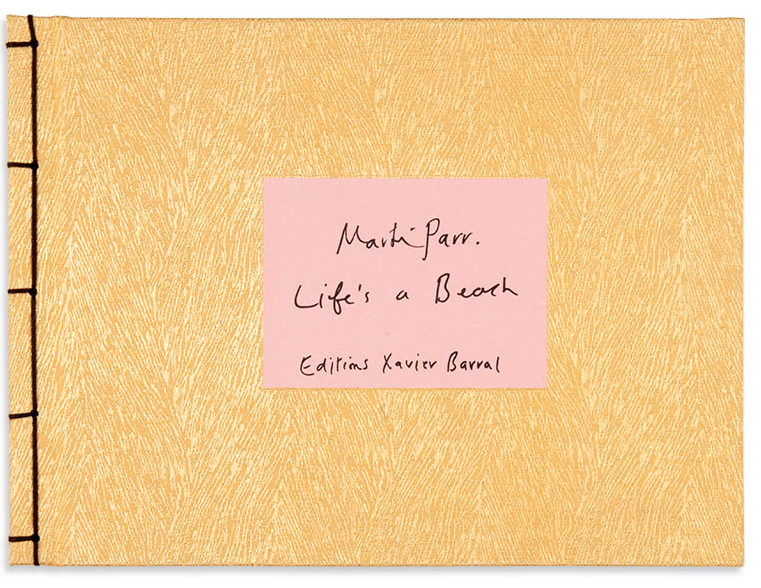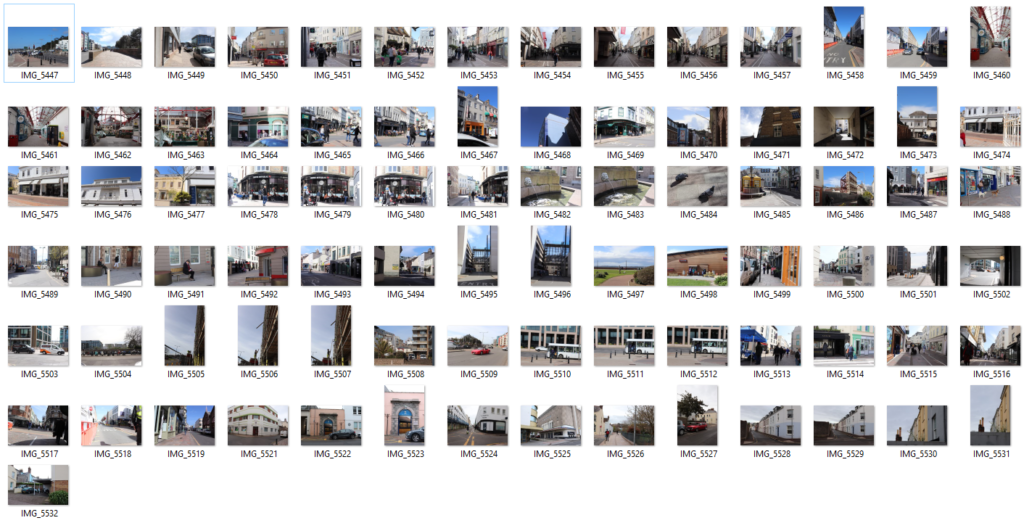OBSERVE, SEEK, CHALLENGE
I feel that, overall, my final outcomes were very successful. They look professional and I feel that they are an accurate representation of the time and effort I have spent on them.
The photobook is valuable because I handmade it myself, and the challenges I came up against in making it only seemed to create opportunities for me to make it better. The final book is successful because I made careful choices in my final selection, and the large number of images in it does not make it boring, as the chapters dividing each location make it constantly engaging. Furthermore, The high-gloss images add to the excitement and the feel that this is a book made by a travelling photographer who takes pride in their work.
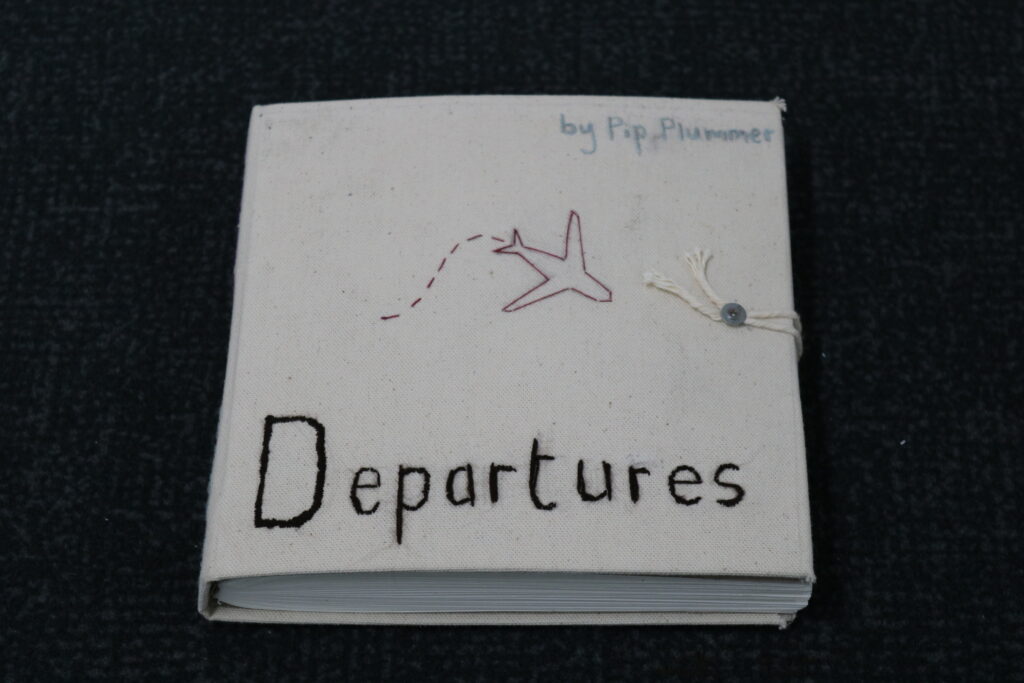
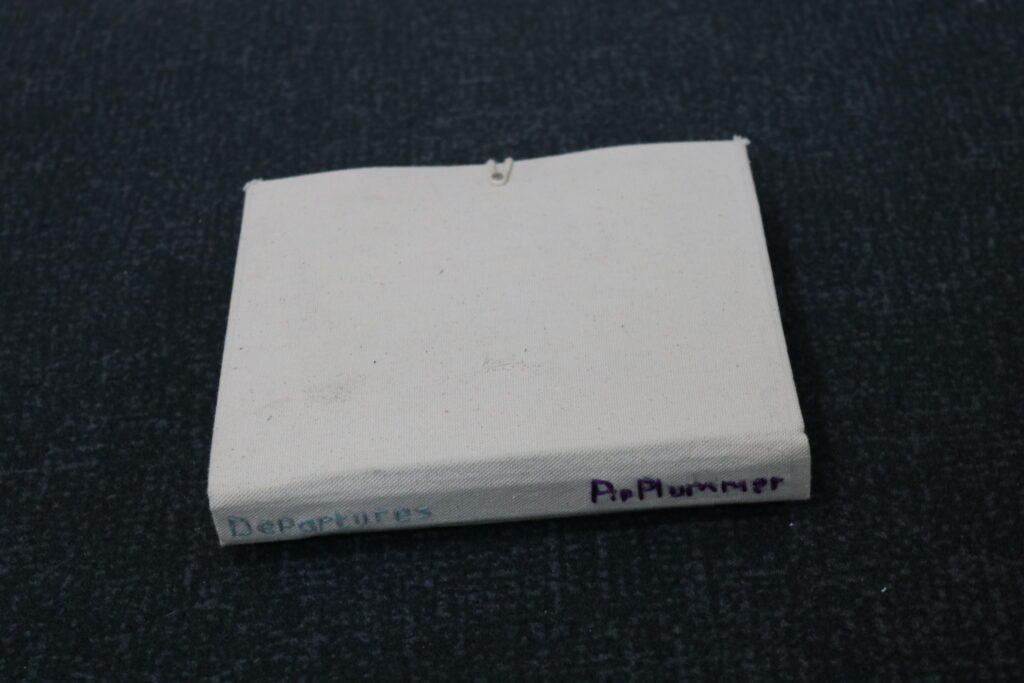
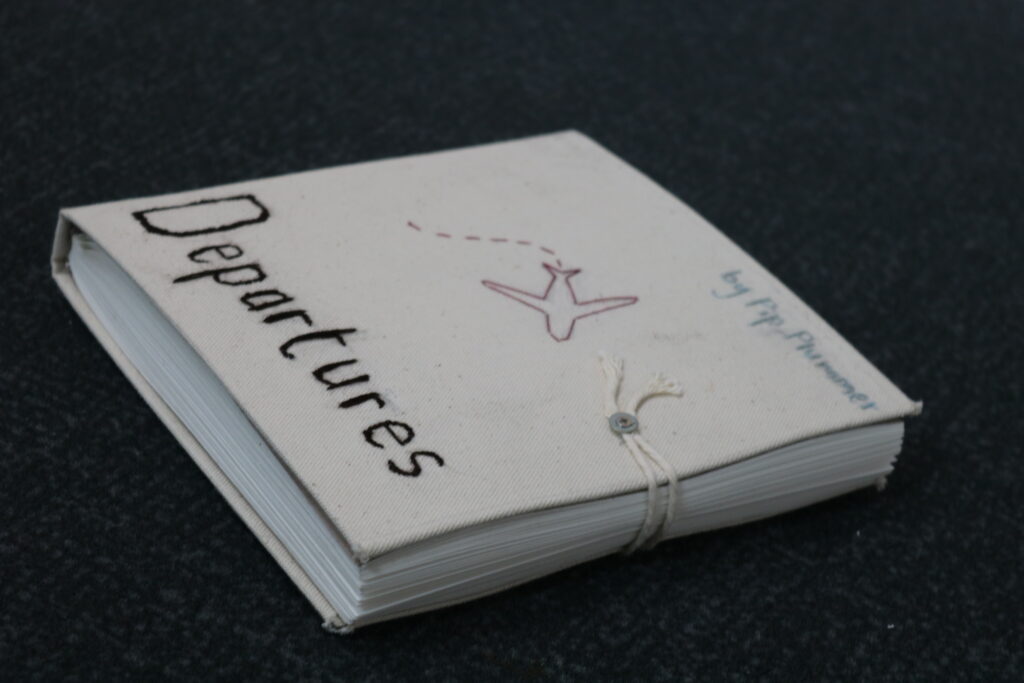
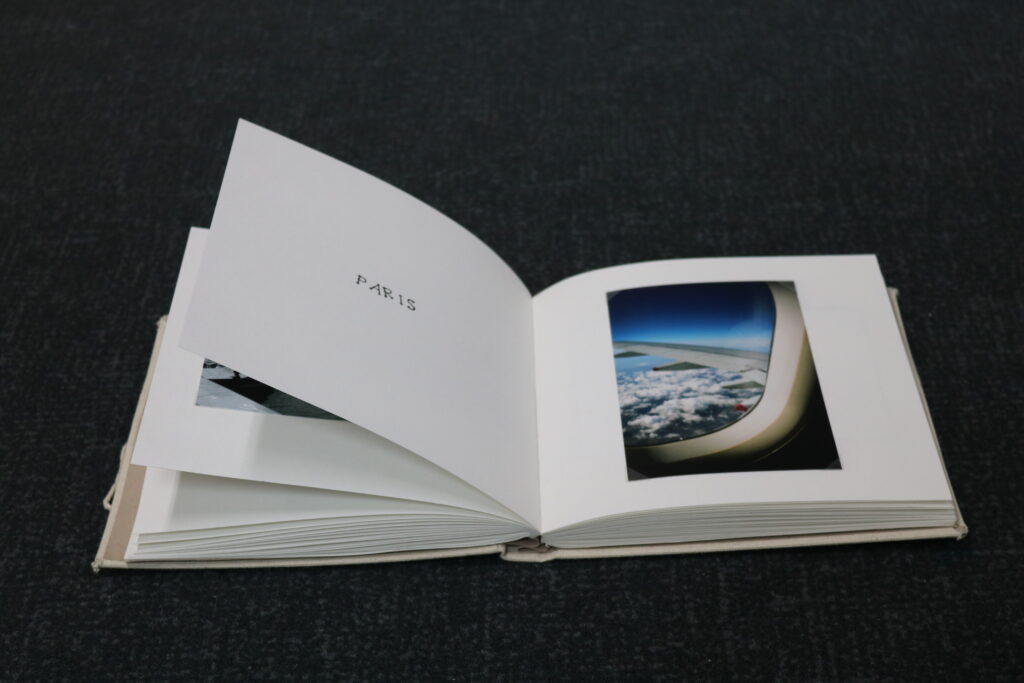
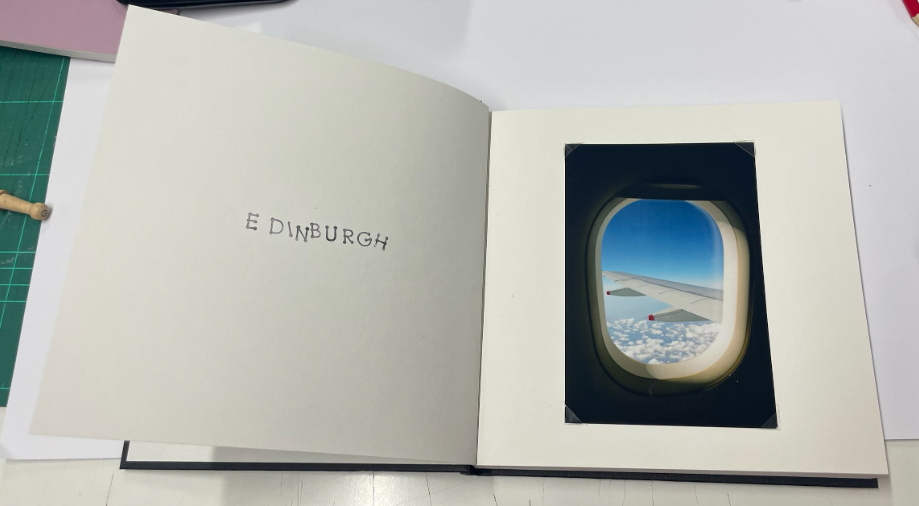
My prints are successful because their simplicity makes for a focus on the images themselves, rather than framing. This is the main reason that I usually choose not to frame my images, only mounting them on foamboard. This makes for a professional, streamlined look in my opinion. I also chose only to print images from my New York shoot so as not to confuse the viewer with a collage of different and distinctive places, making it more focused and therefore clearer in intent.
Therefore, overall, the outcomes appear professional, cohesive, and simplistic, as I had hoped. However, it can be said that my original plans had less appeal, and my vision wasn’t realised. I do feel that this is a blessing however, as I am much happier with the final outcome than I fear I may have been if my original plans had come to fruition.
I think that, aside from final presentation, I did realise my intentions to an extent. The images I created were, whilst still strong, not necessarily as people-focused as I would have liked. My chosen artists are, of course, street photographers who focus on the inhabitants of the cities they photograph, and, whilst I did manage this in some ways, I think that it could have been clearer across more images.
Therefore, I feel that, in terms of meeting the styles of my artist references, I could have been more successful in some areas. Some images could be likened to their work, but it is certainly true that a lot of them are more environmentally focused.
I feel that the brief of ‘Observe, Seek, Challenge‘ was met, as I have suitably ‘observed‘ but also ‘sought‘ the subjects of my images. I ‘challenged‘ myself by going out into more unfamiliar places in order to capture these images. The multi-national dynamic of my work makes for an escapist element that couldn’t be replicated from home. I am therefore happy with the theme I have chosen.
I chose to name my book ‘Departures‘ as it would align with the theme of plane travel and the excitement of arriving at an airport and knowing that you are soon going to arrive in a new and exciting place. This also aligns with the increasing levels of colour in the images as you go through the book. The destinations get further away and become more colourful, making the journey exciting.
If I could do the project again, I would likely plan better to ensure that my idea was cohesive and possible, but I do believe that, overall, I have been successful in my outcomes. I am proud of the images I have taken and the way in which I have presented them, and I have enjoyed the opportunities to learn new skills along the way, feeling that it has made me a more rounded learner and creative artist.
